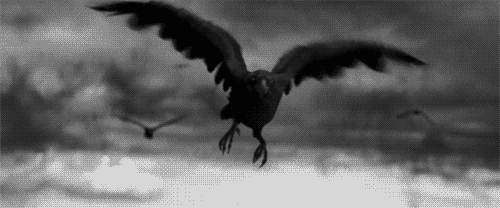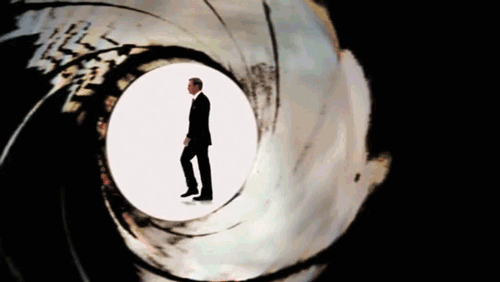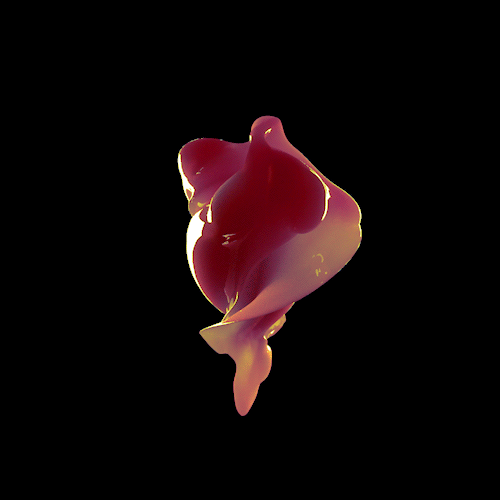May 6, 1937. Lakehurst, N.J. It was to be a routine assignment.
Assembled as part of a massive PR campaign by the Hindenburg’s parent company in Germany, twenty-two bored still and newsreel photographers were on hand for the landing of 803-feet dirigible Hindenburg.
As Murray Becker of Associated Press was framing the picture, the airship literally exploded in his lens.
Being the experienced photographers, Becker and his colleagues (most notably Bill Deekes, Sam Shere, Gus Pasquarella and Bill Springfield) reacted alike and within the 47 seconds of destruction, each made just one shot–the peak of the explosion. All four are nearly identical–the dirigible in the air, mid-section to stern a mass of flames. Becker himself took 15 shots, from first flare-up to the rescue of survivors.
When it was over and his film holders were headed for Newark to be processed, Mr. Becker sat down and wept.
Probably one of the most famous disasters of the 20th century, the explosion wasn’t all that deadly. Of the 97 people aboard, 62 survived. (Just four years earlier, the airship U.S.S. Akron had crashed into the Atlantic killing more than twice as many people.) But terrifying photographs and quotable lines (“Oh, the humanity!”) outweighed body counts. Hidden behind the shock and horror were palpable signs of glee that Hindenburg — that darling of Nazi rallies at Nuremberg, that technological colossus that hovered over the Berlin Olympics with a huge swastika painted on its tailfin — had met such an embarrassing end. Life magazine dedicated a 4-page tribute. Worldwide publicity of the well-documented disaster shattered the public’s faith in Zeppelins, which were, at the time, considered the safest mode of air travel available. The incident killed the use of dirigibles as a commercially viable mode of passenger transport, ending the golden age of the airship not with a whimper, but with a horrific bang that was photographed and then syndicated around the globe.
























No comments:
Post a Comment